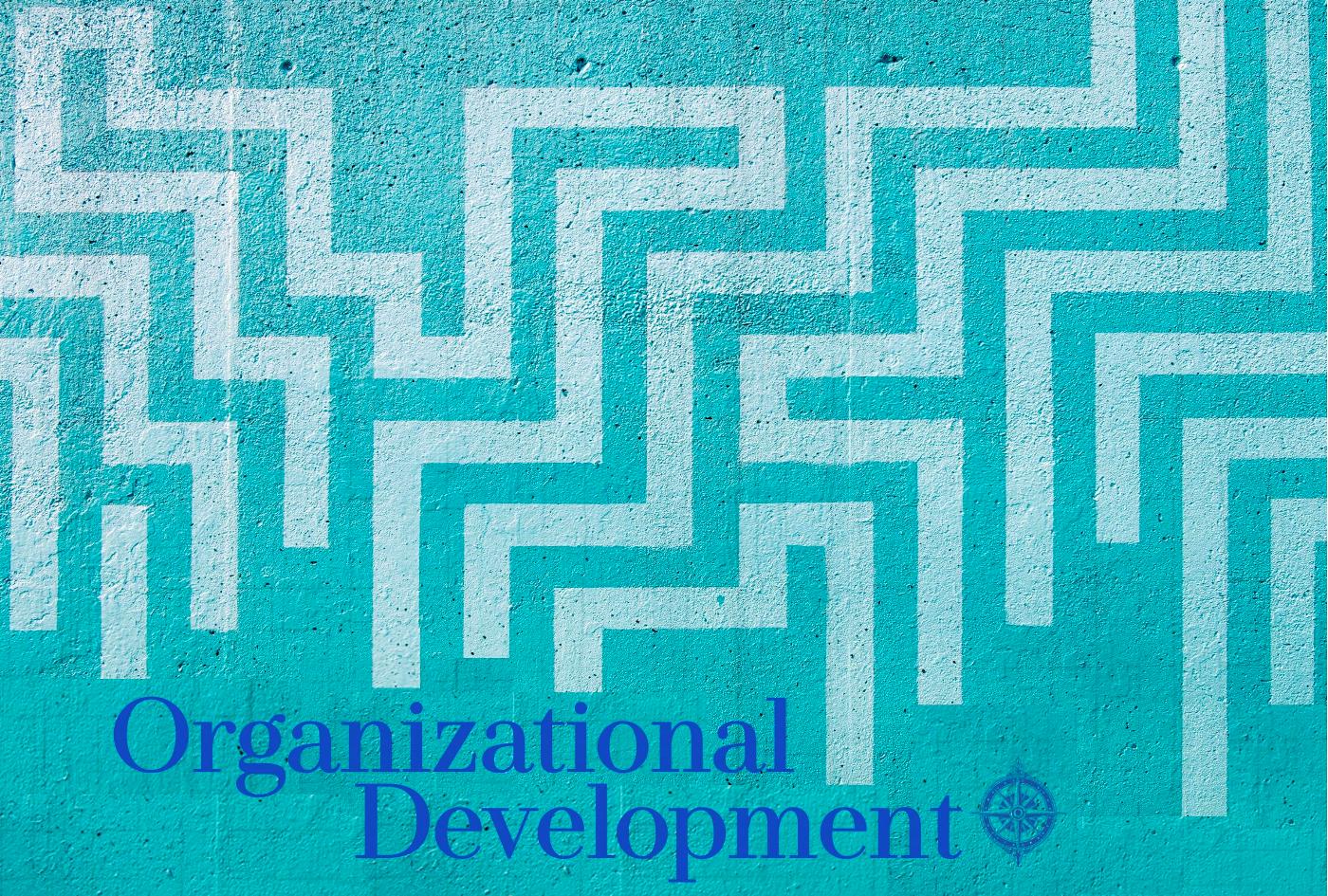
Visual artist: Parrish Freeman

Visual artist: Parrish Freeman
Organizational development programs for UAE, KSA and other GCC countries
How shall a talent team identify the right development solutions?
Organizations operate like any other living organisms, they live, breath, and react in order to survive and thrive. The environment that they operate in is ever changing and the rate of change seems to be getting faster. This creates a challenge in working in talent management where you are required to understand where the business is going and what capabilities are needed to meet its objectives.
Skills don’t develop overnight! They take time and often build on each other. It can feel a bit like turning a large ocean tanker. As talent teams are in charge of the organization’s engine, they must take a prominent seat in all strategy discussions.
Those working on organizational development must support the needs of today while building skills that are needed for tomorrow and that could be a tough balancing act.
Development of skills is one part of the equation, but arguably the most important piece is the ability to put newly developed skills into practice.
It is great to develop your staff but if they are going to go back and do the same job, the training will fade. This requires commitment from the Human Resource and Business units. Business unit must be able to adjust the normal operations to incorporate the new skills. Sometimes this adoption represents a J Curve, where there may be a short term dip in productivity before gains are realized.
Another critical skill is teaching employees how to learn. For most of us, it’s been a while since our time in the traditional education system. At school our job was to learn. We went to classes with defined syllabi and a testing process to see if we retained the information. At work we don’t have the same luxury. Our job is our job and learning has to fit in there somewhere, so it’s important to develop the ability to learn in the workplace context.
At Clairmont we incorporate these skills into our Career Capital course in UAE, Saudi Arabia and other GCC countries. There we introduce the concept around how to develop personal mastery and continue to develop with deliberate practice.
Many organizations conduct thorough learning needs analysis (LNAs) that serve as the foundation for their learning initiatives in order to deliver the appropriate organizational development solutions at the appropriate time.
Why is finding the right balance hard?
The challenge is to manage the short term and long term development needs. Business lines are looking at their business units and want to develop them to help performance in the short term, while executive team is looking toward the future. With multiple stakeholders requiring different (and in some cases conflicting) solutions, it is a tough job to keep the balance. After all, it is important to remember that employees have a finite amount of time to dedicate to development requiring a thoughtful approach to implementation.
That is especially true in UAE and other GCC regions with such a dynamic environment, where the development needs of employees can sometimes feel like a moving target!
So what do we recommend?
A strategy that strikes a balance between Top-Down and Bottom-Up approach
Working with Talent Management teams through the L&D consulting services, our recommendations for LNA is to make sure to incorporate both a top-down and bottom-up methods.
The top-down view needs to be guided by the ambitions of the organization. We tend to think about this as a 3-5 year forecast. It requires the team that is focused on L&D solutions to have a deep understanding of where the organization wants to go. Not only should they know the goal, but understand what are the required skills that can make the ambitions a reality! Organization development is like an ocean tanker that takes time to turn. It is important to start the development process well before the skills are needed/required.
The bottom-up view is driven by the current staff. They often have a front-line view of what skills can increase their performance. This often informs what is the training that should take place over the next 3-12 months.
By incorporating both views, organizations can start to put together a learning and development strategy that will help develop their staff for current and future needs. It is also important to maintain a flexible approach. While having a learning catalog, keep “dry powder” to respond to needs that arise throughout the year.
Remember, training is not the answer to every problem that internal teams face.
It can sometimes be viewed as an easy way to try to solve internal issues, managers may want to “outsource” their coaching duties by requesting development for their staff and in other cases there are structural issues that training will not be able to solve and therefore become ineffective. The talent team must possess the consulting abilities to assist the business in determining when and how training should be used.
Organizations engage in learning activities for their staff as a way to increase their output in the given subject of training. Remembering that for most talent development initiatives the implementation of new skills is a lagging indicator. Talent management teams need to have a defined strategy and the organizational support to carry it through.
Though there are many challenges to navigate, the ability to support an organization through talent development can be a tremendous competitive advantage. To find out more about the different ways we work with organizations and talent management teams visit our programs and offerings page.



